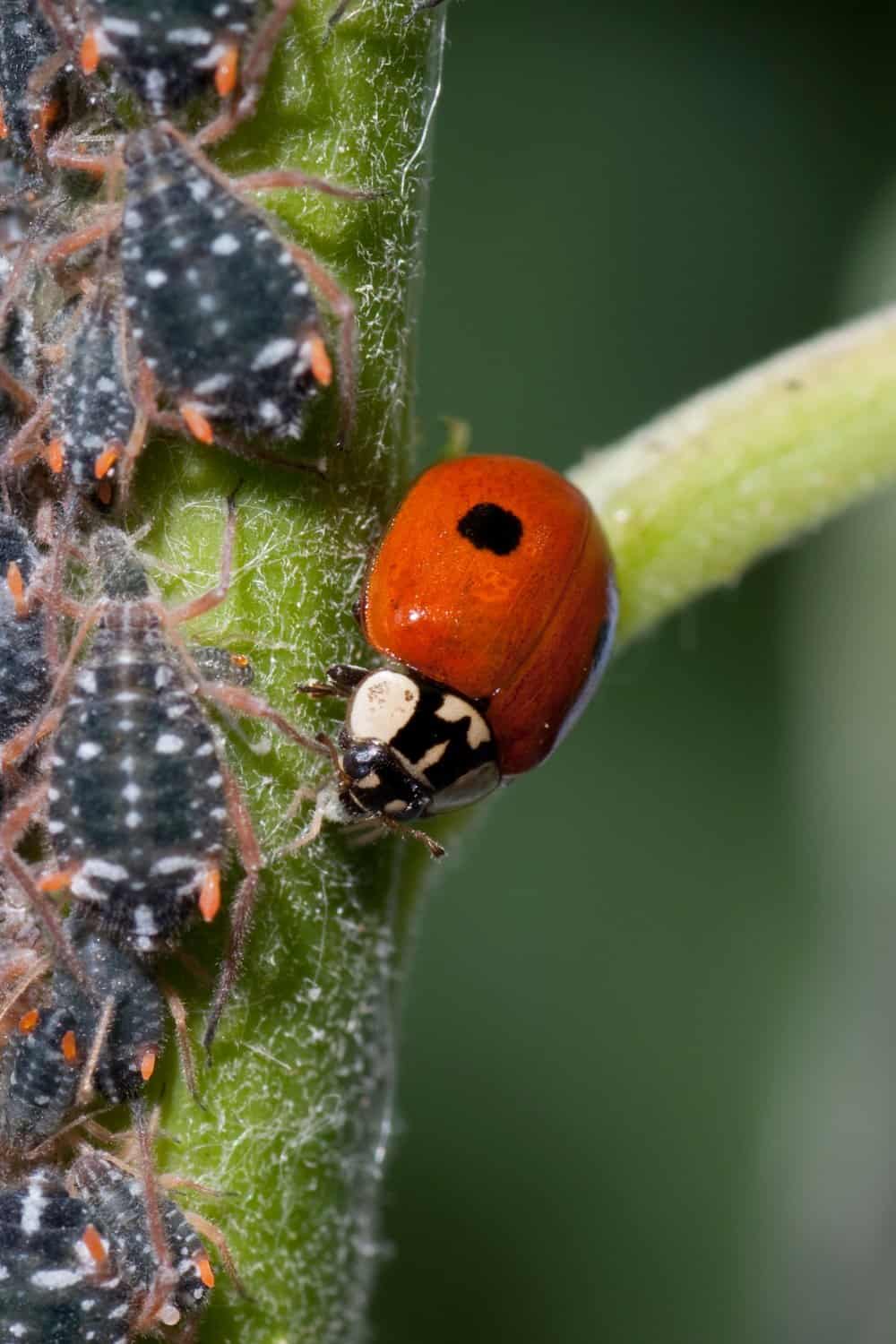
As you are beginning your gardens this year, I thought it would be nice to have a quick guide to the soil for your garden. I wanted to take out the clutter of soil options, so you know what you need to look for. These are just some quick tips, references, and general info to help you in navigating the sea of options you may be coming across right now. If you want to know what to add to your raised beds, I suggest checking out this post, or you can check out the Beginner Gardener Course in our Community to learn even more. You may also seek assistance from a landscaping expert if you’re planning to build a garden in your yard.
Different Types of Soils
Clay soils
Clay soils are challenging to grow in because they can be very dry and hard when deprived of water. They also drain slowly, so the plant must work extra hard for nutrients while growing through these tough grounds.
Sandy Soil
Sandy soils are actually quite fertile until 50 cm deep, but due to their coarser textured nature, they retain few nutrients and have low water holding capacity. Soil management practices that lead to an increase in the fines fraction will help improve your crop productivity!
Silt
Silt is a mineral composed of broken grains of quartz. It can occur as soil or sediment mixed in suspension with water, and it makes up 45% of average modern mud!
Loam
The perfect soil for growing delicious vegetables! It’s rich, friable, and has the right balance between sandstone silt to make things grow well but not too much clay which can be heavy on your plants’ roots.
Garden Soil Beginners

These are the top options you need to care about in everyday normal gardening. You can dig deeper and get specific about brands and so on, but generally, this is all you need to concern yourself when starting your garden.
Topsoil
The term refers to the top layer of soil on the earth. This is the top 5-10 inches you access when digging into the ground. It is full of organic matter, and when people say, “Get your soil tested,” this is the layer of soil they are referring to. It holds plenty of unique organisms and so on, and you can find out what it would need in amendments to be 100% ready to feed your plants properly. You can directly plant in this (I have before), and things will grow, but they not be as robust, productive, or show their best just from this soil alone. It works great to fill the base of a raised bed. It is generally cheaper to purchase, so to save money on your raised beds, you can add this to the beds (like more than half of them), and it will create a strong base for planting. If you want to be organic, you may want to ensure that your soil hasn’t had any Roundup or sprays placed on it before bringing it into your vegetable beds.
Compost
Oh, lovely, wonderful compost. This rich organic matter-based soil is full of natural fertilizers and microorganisms that will feed your garden. It is easy to create your own, but if you cannot, it is also easy to purchase. When purchasing, make sure it has a low weed count, and if animal manure is used, that they have been fed organic feed or it hasn’t been treated. I place a solid 2-3 inches of fresh compost in my beds every fall, but you can also do this before planting in spring. Know that even if you live even in a small apartment, you can create your own compost using worms in a closed container they work great, and in just a few months, you can have great compost for your porch or balcony garden. Compost varies in price depending on what has gone into the creation of it.
Raised Bed or Garden Mixes
These are great, don’t get me wrong. We have used them in the past, but they aren’t necessary and can sometimes hold things you don’t want in your garden. They are also pricey because there is more work entailed in the creation of them. So though this can be a great way to set you on a path, you don’t necessarily have to use it for your raised beds or even your open beds. You can use topsoil and compost to create great beds. You may fight more weeds, but over time it will save money.
Mulch
Mulch is chopped brush and hardwoods. You can get decorative mulch but remain leery if you are placing it around food, and you plan to remain organic with your practices you don’t want to have these things near food. Instead of just getting traditional untreated hardwood, mulch is best. Mulch can be made from leaves yourself or chopped brush on your property. It does not need to be purchased. It will help insulate and protect plants and their roots in extreme heat, wind, and cold. It is a necessity around fruit trees and bushes but can also be placed to create paths in a garden since this will naturally decompose and add to the value of your garden’s soil over time. It is typically quite inexpensive as well.
There will be tons of other options you may come across, and there are deeper options when you go to purchase any of the above, but I hope just having a rough idea of the general idea will help you save money, build healthy soil, and feel informed and not overwhelmed while purchasing soil and amendments for your garden this year.
If you liked this post, you may also like:



